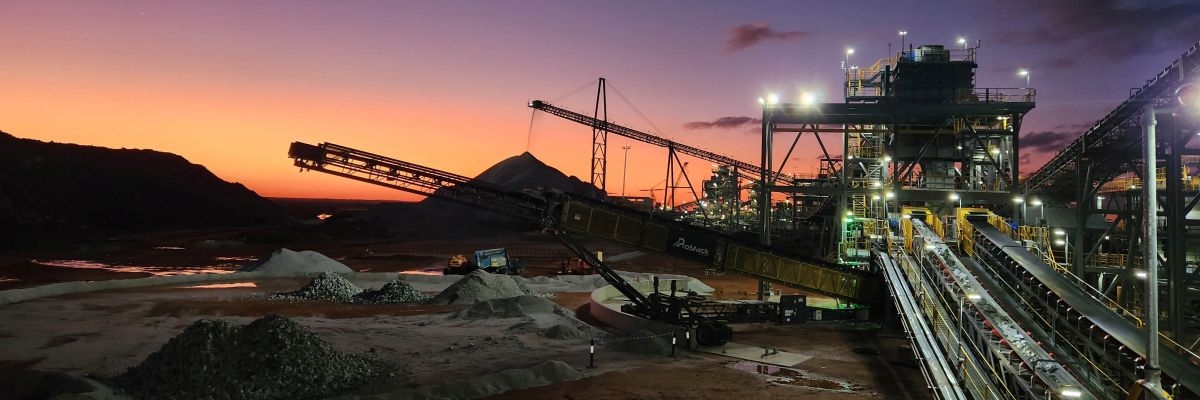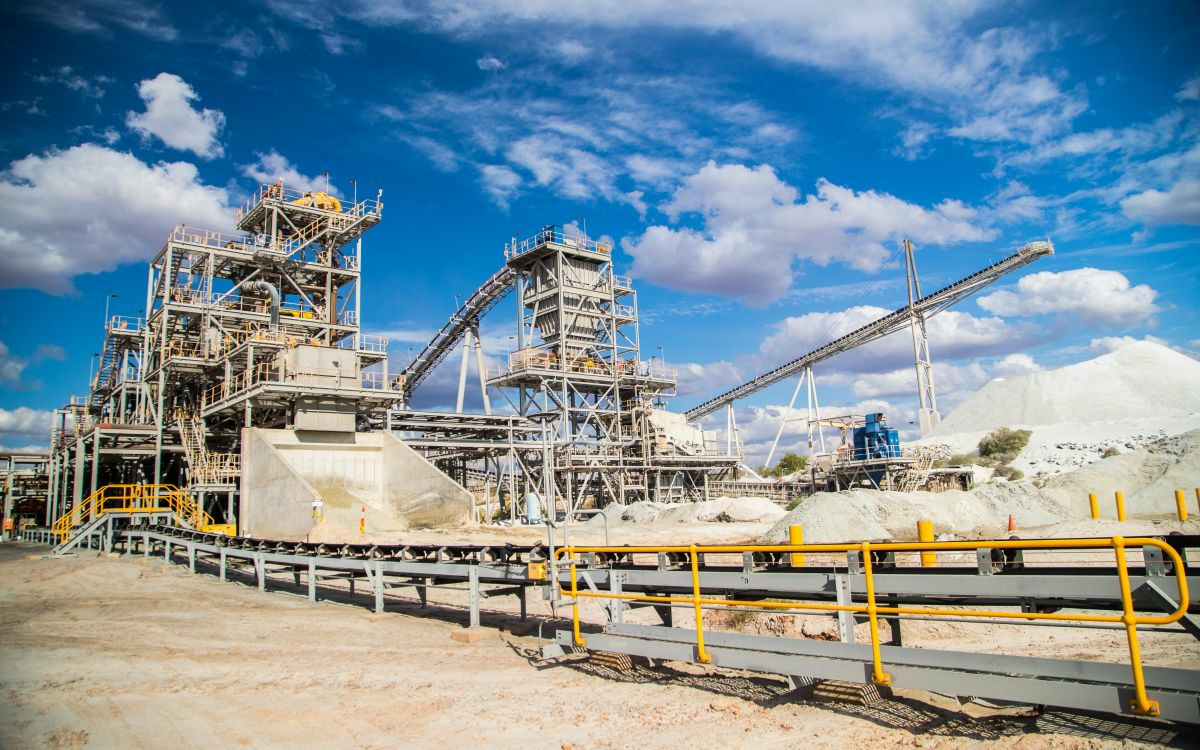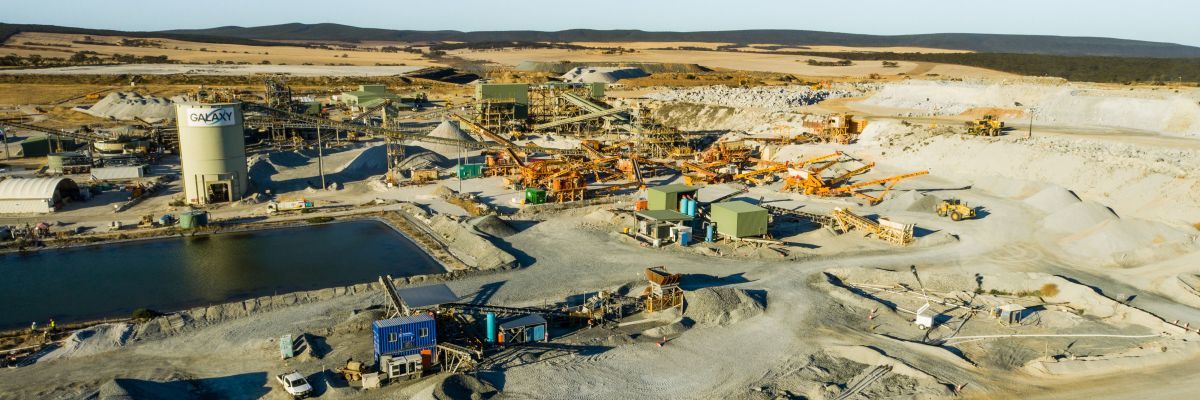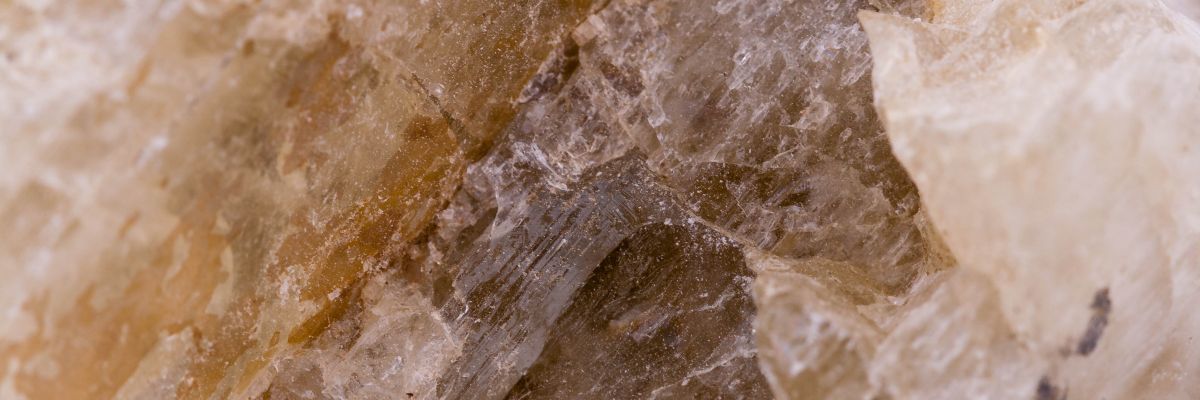How sensor-based sorting can help unlock untapped potential and meet the rising demand
22.08.2023The global demand for lithium is soaring, driven by the growing adoption of electric vehicles and grid-scale lithium-ion batteries for energy storage. Some forecasts project the demand to reach as much as 1.5 million metric tons of lithium carbonate equivalent by 2025 – triple what it was in 2021 – and over 3 million tons by 2030.
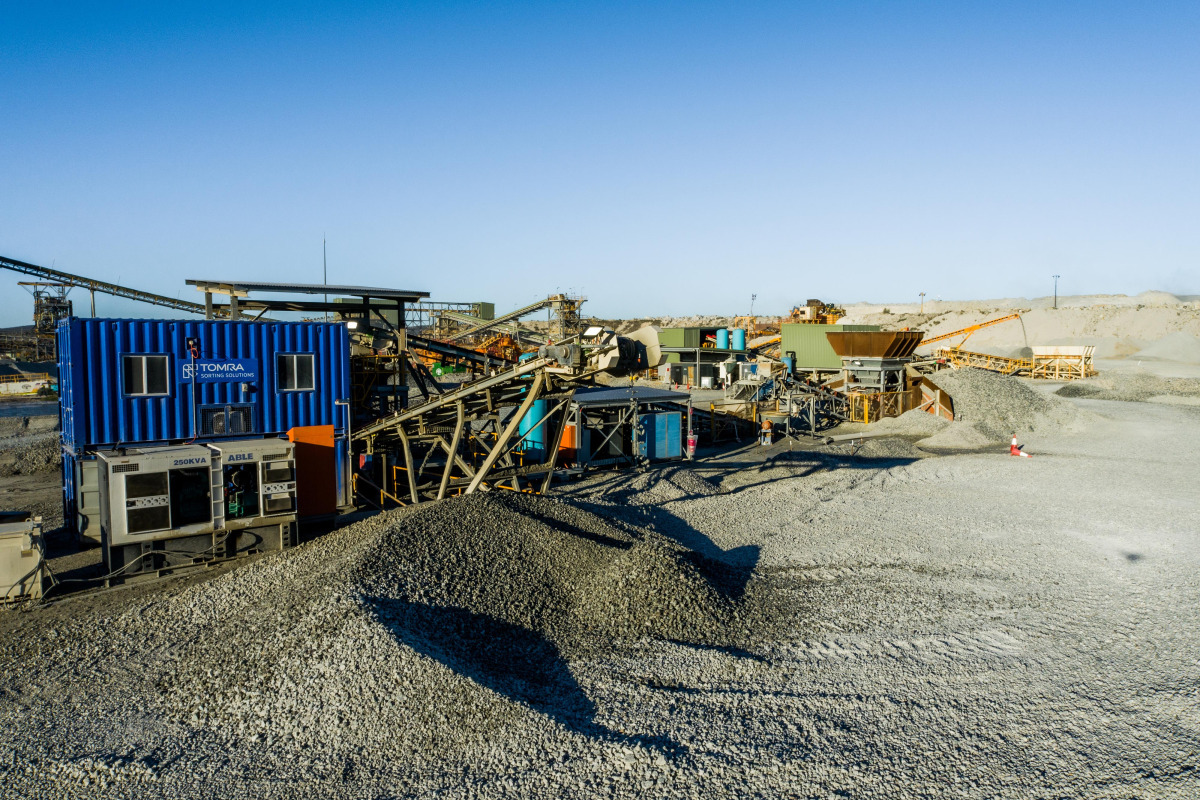 Aerial view of Mt Cattlin mine
Aerial view of Mt Cattlin mine
© Tomra
In the face of such a surge in demand, lithium supply is struggling to keep up. While new projects are set to increase lithium mining capacity in 2023 and 2024, the rise in electric vehicles sales will continue to put the supply under pressure.
These trends translate into a tremendous business potential for mining operations. However, as new projects will struggle to keep up with demand, this potential comes with the challenge of extracting as much lithium ore from all mines as efficiently as possible, while meeting increasingly stringent environmental requirements.
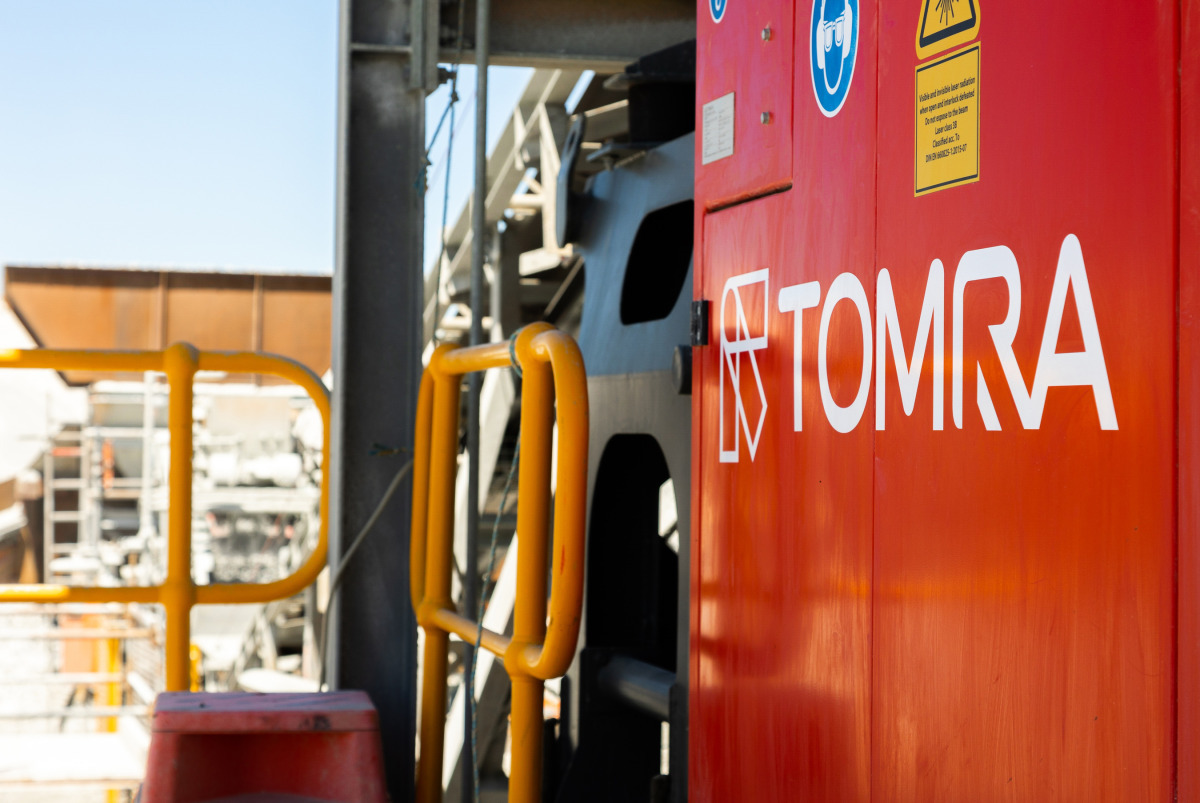 Galaxy Resources has acquired a second TOMRA PRO Secondary LASER sorter to expand secondary ore sorting capacity
Galaxy Resources has acquired a second TOMRA PRO Secondary LASER sorter to expand secondary ore sorting capacity
© Tomra
Basalt contamination: the challenge in lithium mining
The main challenge in lithium mining comes from basalt contamination. This high-iron, barren material has a high density very similar to that of spodumene. It means that when dense media separation (DMS) is used as the primary spodumene concentration process, basalt is concentrated with spodumene, contaminating the final product.
This issue can be addressed by selectively mining high grade ore, but contamination is unavoidable, and this approach ultimately results in a substandard product unsuitable for sale at market rates. This contaminated product is usually stockpiled, leaving valuable lithium resources unexploited. The DMS and crushing circuits utilized to produce lithium concentrate from ore are extremely energy intensive, and carrying contamination through the plant decreases productivity and increases costs.
Mining operations under pressure to meet the soaring demand need to maximize the efficiency of their processing plants, using their capacity effectively to extract as much valuable lithium from their mines.
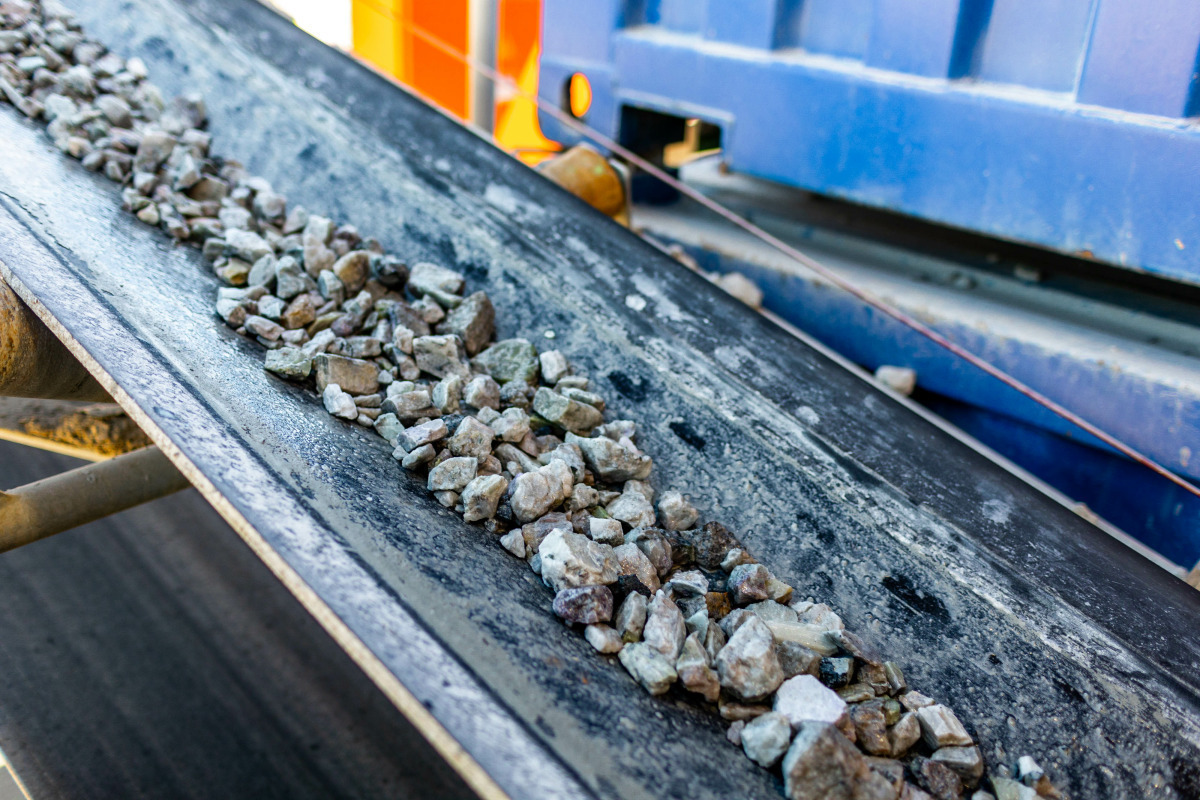 TOMRA’s technologies are able to effectively remove basalt contamination before crushing
TOMRA’s technologies are able to effectively remove basalt contamination before crushing
© Tomra
The solution to this challenge is available from TOMRA Mining, one of the leaders in sensor-based sorting with a proven track record in designing and building the largest, high-capacity sorting plants in the world. TOMRA’s proven technologies are able to effectively remove basalt contamination before crushing, optimizing the capacity of the processing plant, reducing energy consumption and waste, as well as lowering the environmental impact of the process. They allow mining operations to consistently achieve the required grade of the product and expand their resources to include more iron and basalt contaminated ore bodies.
The solution: unlocking untapped value with sensor-based ore sorting
TOMRA’s industry-leading sensor-based sorting solutions rely on color cameras, X-Ray Transmission sensors, and multi-channel scanning lasers to sort the ore prior to the downstream wet processing. The sensors analyze every single particle, identify the ore and waste in milliseconds, and high-speed air jets direct the particles accordingly to the product or waste chutes, processing at a capacity up to 350 t/h in a single sorter.
These high-speed sensor solutions are capable of sorting a wide size range – from around 6 mm to around 200 mm – to maximize the removal of iron and basalt from the feed. With these technologies, it is possible to minimize the unsorted fines that are discarded or stockpiled, and it has been extensively proven that they are effective in consistently reducing the contamination of the ore to less than 4 %.
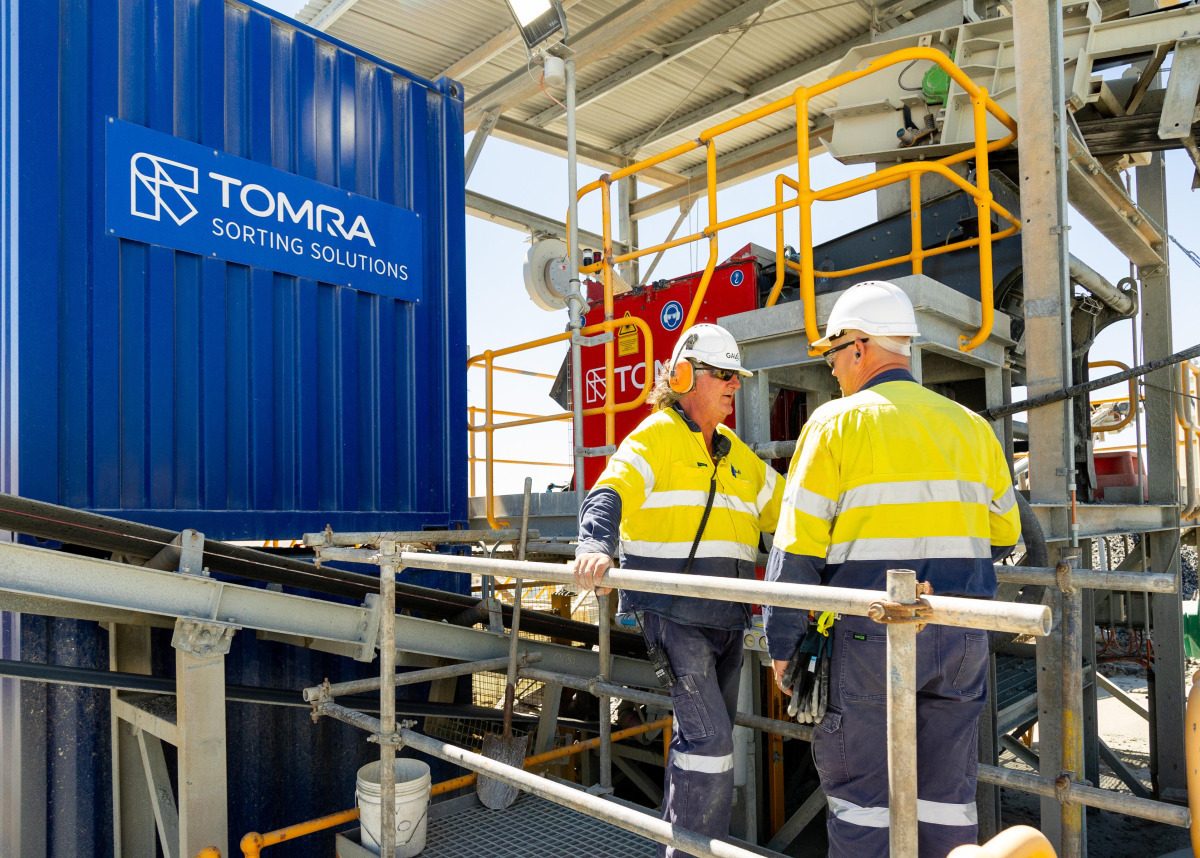 Thanks to the TOMRA Insight data platform, mining operations are able to measure the contamination level in real time, and hence the mining quality
Thanks to the TOMRA Insight data platform, mining operations are able to measure the contamination level in real time, and hence the mining quality
© Tomra
This was the experience of Galaxy Resources at its Mt. Cattlin Mine in Western Australia, where a TOMRA PRO Secondary Laser sorter has been in operation since 2021 to reduce basalt contamination in the pegmatite-hosted spodumene. Since the first day of operation, it has met and exceeded specifications, consistently achieving less than 4 % basalt in the concentrate.
Operational efficiencies can be further improved with connectivity to the cloud-based subscription service TOMRA Insight, which turns the sorters into connected devices that generate valuable process data. Mining operations are able to measure the contamination level in real time, and hence the mining quality. They can also monitor the distribution of the particle sizes, and consequently the efficiency of the upstream crushing and screening equipment. TOMRA Insight also gives visibility on the individual sorter’s availability and usage, helping to optimize the process. In addition, it enables the operator to accurately track any faults as they occur and improve the maintenance processes, so that the sorting plant is always operating at its best.
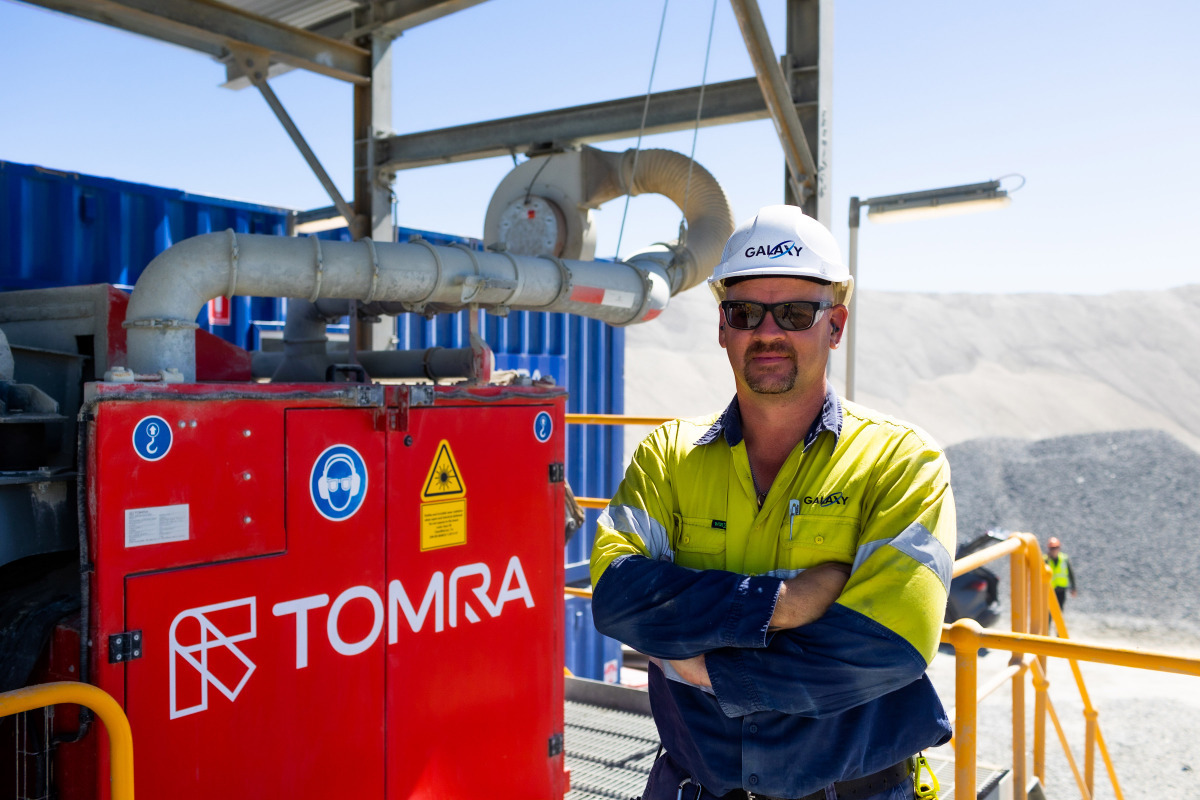 Scott Green, Process Enhancement Coordinator, in front of the TOMRA PRO Secondary LASER sorter
Scott Green, Process Enhancement Coordinator, in front of the TOMRA PRO Secondary LASER sorter
© Tomra
A partnered approach for a tailored solution
TOMRA works in partnership with clients to develop the tailored solution that matches their requirements. It brings its in-depth understanding of the process and expertise, helping clients from the development phase to purchasing and plant integration with quality test work on samples from the mine at its test center and flowsheet guidance. Its solution perfectly integrates the sorting into the overall process stream, for seamless operation. The sorters are specified to match the capacity of the crushing and screening plant, and downstream wet processing plant, maximizing productivity.
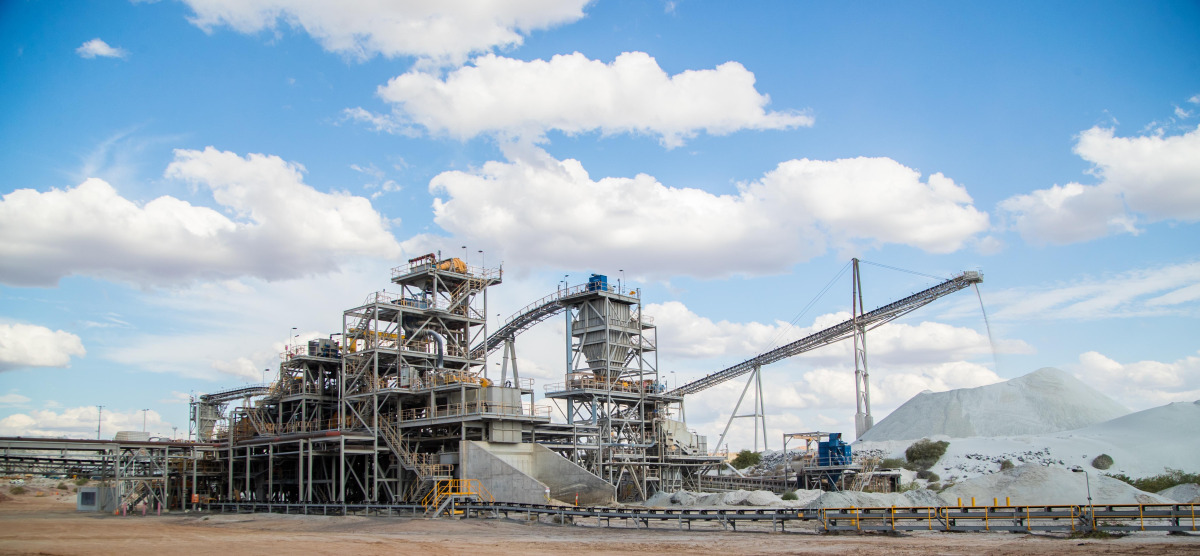 TOMRA Mining technology for the world’s largest Lithium ore sorting plant
TOMRA Mining technology for the world’s largest Lithium ore sorting plant
© Tomra
This was the approach TOMRA adopted for the design of the world’s largest lithium sorting plant for Pilbara Minerals in Australia. It worked closely with the client’s metallurgical team, completing extensive testwork at the TOMRA Test Center in Sydney, running sample ores from the mine at capacity on production sorters. Based on the results of the testwork and its experience and ability to provide expert local support, TOMRA was awarded the contract. The involvement of the TOMRA team extended beyond testing and supply of equipment to include assistance with the plant layout and understanding of the implications of sorting on the upstream mining and downstream process of the ore, adding to the efficient operational ramp-up and technical optimization.
TOMRA’s close relationship with its clients continues after installation and commissioning of the sorting plant, to keep it operating at its best with tailored service agreements.
With TOMRA’s sensor-based ore sorting solutions, mining operations can not only improve the efficiency of their processing plants, but most importantly unlock value from stockpiled materials and even expand their resources, exploiting ore bodies with higher contamination or search for new mining opportunities in areas with higher iron or basalt content.

